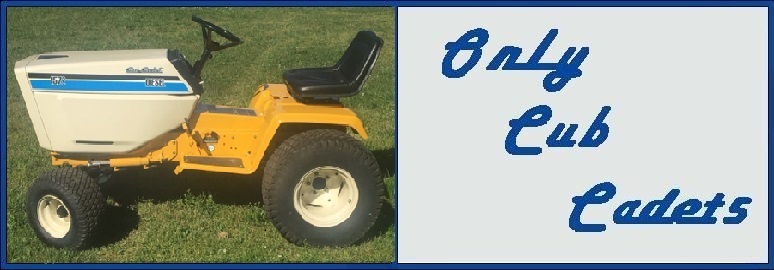
 |
Paint/rust removal from cast iron
Looking to strip the paint and remove rust. I used the muriatic acid soaking method on some wheels with pretty good results. I'm just wondering how it would work on cast iron. Specifically, the lower nose piece on my 149. If anyone has any other suggestions, I'd welcome them. thanks
|
Chemical paint stripper followed by a sandblaster. You can also use electrolysis.
|
AN angle grinder with a good cup wire brush will work wonders. Use eye protection and watch out for stray wires stuck in weird places of your body.... I just cleaned a pair of wheels for my trailer using only the wire brush, they came out like new.. it was also the only way to clean cast iron intake manifolds in the engine shop I used to work in.. we were not allowed to glass bead or blast any engine parts but they still had to look nice. Between my angle grinder and a few air grinders/die grinders with GOOD wire brushes the job got done.
|
Ok dumb question time....is there a different blasting sand needed for cast compared to the tin hoods and fenders? My father has a sand blaster for restoring his farm machinery and cleaning up his grain boxes, but I have never used it. I don't know much about it, but does one heck of a good job of stipping the paint and rust off!
|
You can get away with coarser sand and higher pressures on cast than on sheet metal. If all you ever blasted was cast iron, you will probably warp your first sheet metal.
My neighbor who restores old Chevy pickups uses fine silica sand and proper respirators to do all his blasting... Myself I prefer black beauty for the heavier stuff.. it is quicker and does a better job on the heavy pieces, like grilles, frames, and axles. I don't think I want to blast the tranny unless it is really ugly and the ol wire brush can't handle it. |
I would not sandblast a rearend, period. You're going to get sand in places where you don't want it, and possibly destroy bearings and other parts. I prefer not to use a sandblaster at all for sheetmetal if at all possible...on my 100, I used electrolyis, paint stripper, and rust converter to clean the sheetmetal. The only sheetmetal part I sandblasted was the inside of the dash tower. I would particularly avoid hoods with the sandblaster, too...you don't want to warp/pit/otherwise-screw-up that with the sandblaster, as the hood is generally the part you want to spend the most time on getting it as perfect as possible, at least in my opinion.
|
Both of what Matt and truckntran say makes sense.....So for the wire cup brush on the drill or grinder - is there a specific one you use? I have only used one in my life and it did a crappy job on the piece I wanted to remove rust from. Do they come in different thickness/coarseness?? Would you use a brass one vs a steel wire one?? Is there a better choice depending on which part your working on? I just know when I clean my saw blades with a small brush - I use a brass bristle brush, softer and does a great job cleaning the pitch off them in no time and doesn't screw up the carbide tips. Didn't know if you had to be this particular when cleaning up the sheet metal or if you could scuff sand any scratches out of them easily?? This is all new to me - sorry for asking so many odd/dumb questions!
|
If you blast sheet metal, you'll want the black media, low pressure, cover large areas, with nozzle only close enough to to make the paint or rust to appear sanded, after a pass. Then make another pass...should begin to appear transparent...with small speckles of gray metal poking through....third pass.....maybe four, and you're looking at clean steel.
Take your time....20-25lbs press. |
Quote:
|
Quote:
|
| All times are GMT -4. The time now is 02:43 PM. |
Powered by vBulletin® Version 3.8.11
Copyright ©2000 - 2025, vBulletin Solutions Inc.